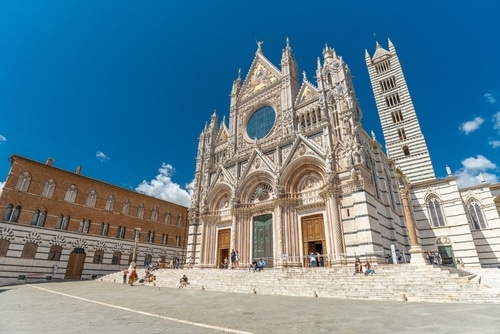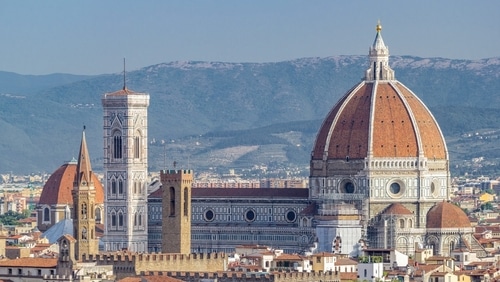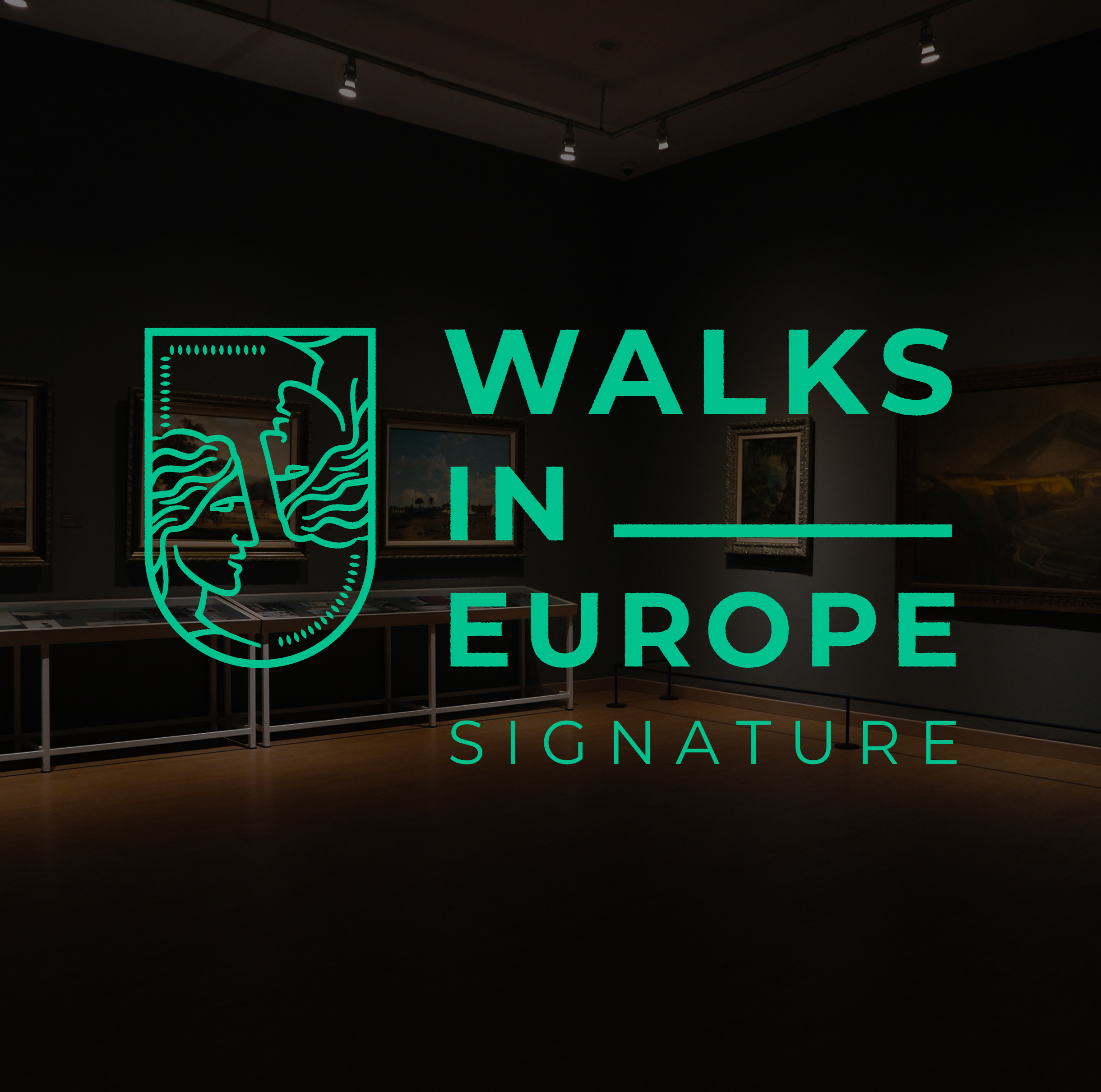The Louvre Museum is home to some of the most celebrated works of art in the world — but behind the crowds and iconic masterpieces lies a maze of hidden stories, forgotten spaces, and little-known treasures.
If you thought the Mona Lisa was the main event, think again. Here are 10 surprising secrets waiting to be uncovered on your next visit to the Louvre.
1. The Underground Mall Beneath the Museum

Before or after your visit, take a detour into Carrousel du Louvre — an elegant underground shopping mall tucked beneath the museum. It houses over 50 boutiques, cafés, and even a branch of Ladurée for those craving macarons with their art. Best of all? It’s home to the Inverted Pyramid, a modern architectural marvel in its own right.
2. The Secret Curator Apartments
Long before the Louvre became a public museum, parts of it were used as living quarters for museum curators and their families. Some of these private spaces have since been converted into temporary exhibition rooms, still retaining elements of their former residential charm.
3. The Inverted Pyramid — More Than Just an Entrance
You’ve seen the iconic glass pyramid above ground, but beneath it lies its lesser-known counterpart — the Pyramide Inversée. This upside-down pyramid lets natural light pour into the underground atrium and serves as both a design feature and a fascinating photo spot (it also features in The Da Vinci Code — for the conspiracy theorists among us).
4. The Mona Lisa’s Overlooked Room

Most visitors arrive, elbow through the crowd, snap a photo, and move on — completely missing the Salle des États, the room where the Mona Lisa hangs.
Take a moment to step back and look around: the space itself is rich with Italian Renaissance works, dramatic architecture, and — if you time it right — surprising pockets of quiet.
5. The Soltan Room
Named after a 17th-century Persian ruler, the Salle du Soudan (Soltan Room) is a lavish space often missed by first-time visitors. With gold-leafed walls, ornate ceilings, and a regal sense of stillness, it’s one of the Louvre’s most visually striking interiors — and a welcome break from the busier halls.
6. Cour Marly: A Quiet Sculpture Haven

Escape the crowds in this light-filled courtyard showcasing French sculptures from the 17th and 18th centuries. The Cour Marly, with its glass roof and grand staircase, is ideal for a reflective pause — and some of the best natural lighting in the museum.
7. The Room of Oriental Decorative Arts
Often overlooked, this section showcases decorative masterpieces from the Islamic world, including ceramics, carpets, calligraphy, and textiles. The quiet elegance of the space, paired with the artistry of the objects, offers a very different kind of Louvre experience.
8. The Napoleon III Apartments
Yes — you can still walk through the opulent 19th-century apartments of Napoleon III and Empress Eugénie.
Crystal chandeliers, velvet walls, and gilded furniture offer a glimpse into a time when the Louvre was not just a museum, but a palace of political and personal grandeur.
9. The I.M. Pei Gallery Space

You may know I.M. Pei as the architect behind the Louvre Pyramid, but he also designed a modern gallery space inside the museum. This clean, minimalist hall is often used for contemporary and rotating exhibitions — and is a perfect contrast to the rest of the historic setting.
10. The Sphinx of Taharqo and the Egyptian Wing
The Louvre’s Ancient Egyptian collection is vast — and often skipped in the rush to the more famous European galleries. One standout is the Sphinx of Pharaoh Taharqo, a rare Nubian monument with a lion’s body and a king’s head. This section is ideal for those wanting a quieter, more immersive detour through time.
Ready to Unlock the Louvre’s Hidden Side?
There’s more to the Louvre than long lines and famous faces. Take your time, look beyond the obvious, and you’ll discover a museum filled with stories that most visitors miss.
Want to go deeper? Join one of our small-group guided Paris walking tours to uncover even more secrets with an expert by your side.





